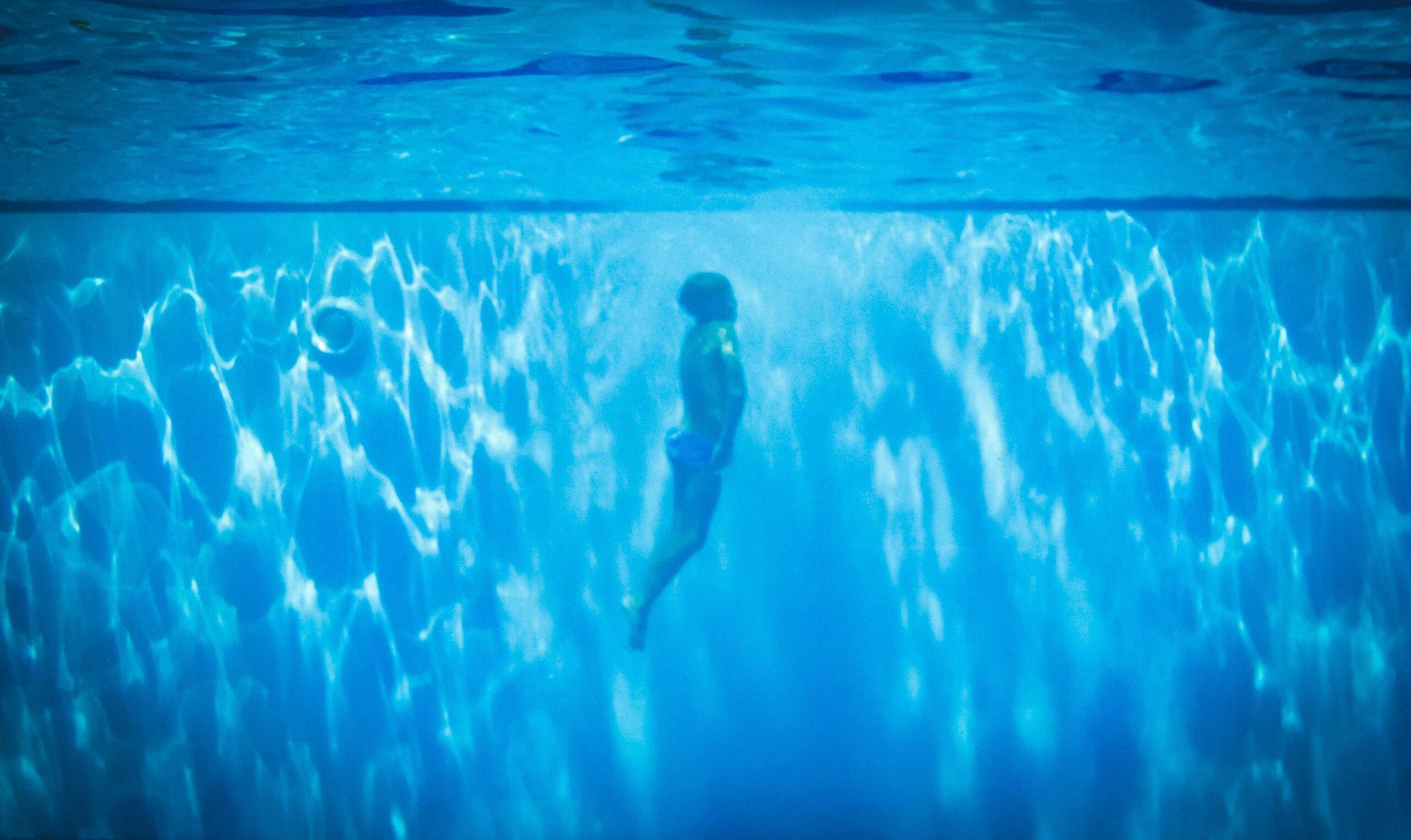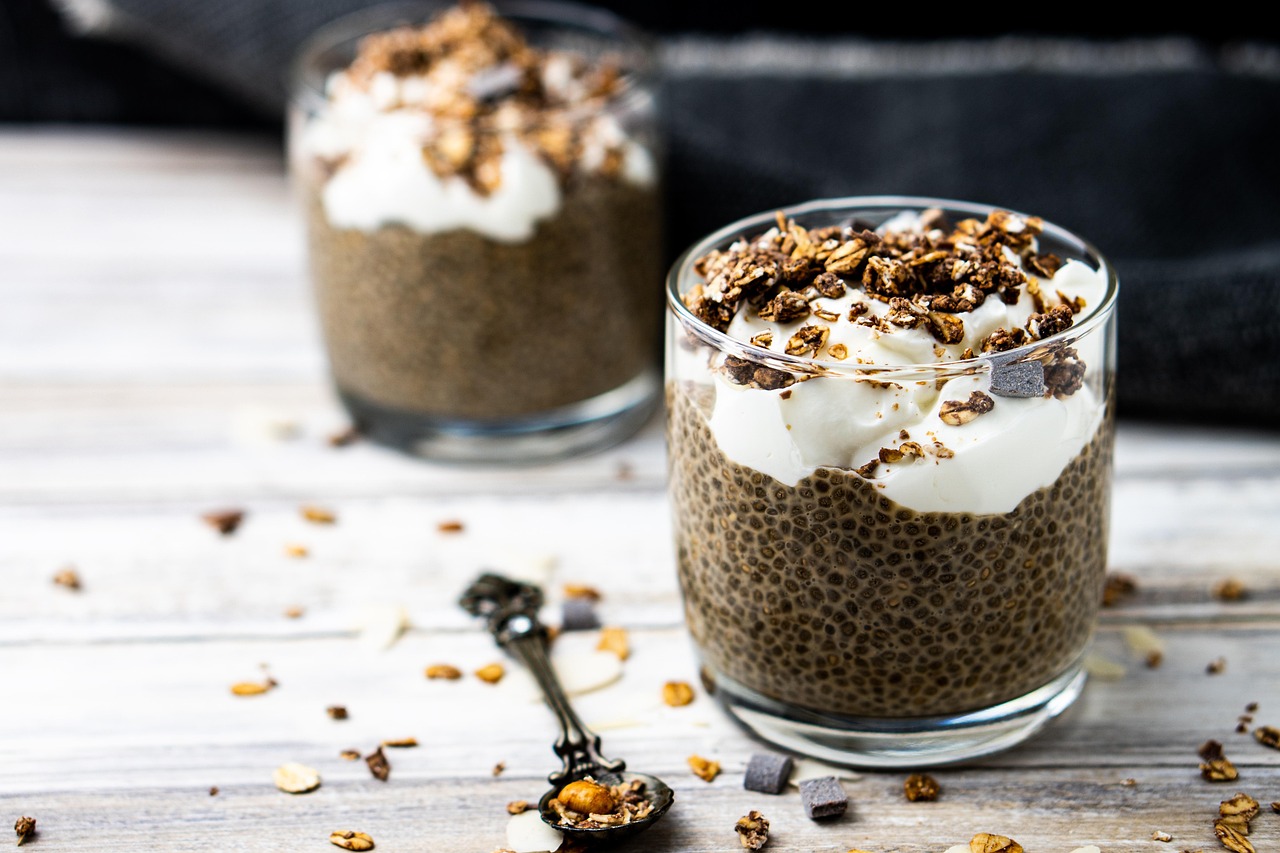On June 14, 2025, in a pool in Opatija, Croatia, freediver Vitomir Maričić did something that sounds like science fiction.
He slipped below the water, motionless, and didn’t surface for 29 minutes and 3 seconds. Judges from Guinness World Records confirmed it: the longest oxygen-assisted static apnea ever recorded.
Think about that. For half an hour, his body didn’t draw a single breath. No oxygen exchange with the outside world. Just silence, stillness, and the constant battle between biology and willpower.
The question isn’t just “How did he do it?” It’s also “What does this tell us about human performance—and is there a safe way to train the same systems without flirting with blackout and brain damage?”
Oxygen-Assisted Static Apnea: The Science Behind the Record
Maričić’s record wasn’t a simple “holding your breath” stunt. It was an oxygen-assisted static apnea, a category recognized by Guinness World Records. Before submerging, he pre-breathed 100% oxygen for around 30 minutes.
This isn’t just a gimmick. Oxygen pre-breathing:
- Replaces nitrogen in the lungs with pure O₂, increasing usable oxygen from roughly 450 mL to nearly 3 liters.
- Delays carbon dioxide buildup, the main trigger for the instinctual urge to breathe.
- Provides a buffer against hypoxia, letting the body reach oxygen-depleted states that would normally trigger blackout in untrained individuals.
Yet, oxygen alone doesn’t make a 29-minute hold possible. Maričić’s achievement rests on years of physiological and mental conditioning.
Training That Pushed Human Limits
1. Lung Capacity and Oxygen Utilization
Freedivers like Maričić combine cardiovascular conditioning (swimming, cycling, running) with specialized breathwork. Techniques include:
- Diaphragmatic breathing to strengthen the respiratory muscles.
- Airway management to shift stored air efficiently into the bloodstream.
- Controlled exhalation and inhalation timing to maximize oxygen uptake per breath.
Over time, these methods expand lung volume and enhance oxygen delivery efficiency, giving elite freedivers a physiological edge before submersion.
2. CO₂ Tolerance Training
The true limiting factor in extreme breath-holds is carbon dioxide (CO₂) accumulation, not oxygen depletion. Rising CO₂ triggers involuntary diaphragm contractions—the “urge to breathe.”
Freedivers gradually desensitize this reflex through:
- Repeated CO₂ exposure drills.
- Progressive apnea tables: structured sequences of breath-holds with controlled recovery.
Maričić described intense contractions: “It got worse and worse physically, especially for my diaphragm.” Yet the body adapts; the nervous system learns to tolerate higher CO₂ without panic, a key skill for extreme static apnea.
3. Mental Control & Stillness
The psychological component cannot be overstated. Freedivers cultivate:
- Mindfulness and meditation to suppress anxiety.
- Heart-rate control techniques, reducing oxygen consumption.
- Pool-floor stillness, minimizing energy expenditure.
Maričić remarked, “After the 20-minute mark, everything became easier, at least mentally.” Training the mind to remain calm under severe physiological stress is as important as physical preparation.
The Risks of Extreme Apnea
Maričić’s record also highlights risks inherent to extreme breath-holding:
- Shallow-water blackout: sudden loss of consciousness from low oxygen.
- Chronic hypoxia: repeated extreme breath-holds may stress neurons and the cardiovascular system.
- Oxidative stress: hyper-oxygenation before dives can trigger free radical surges during reoxygenation.
- Cardiac and nervous system strain: sustained bradycardia and vagal dominance may lead to arrhythmias if done excessively.
Even elite freedivers train under strict supervision. These are not theoretical dangers—they are real, acute, and potentially lethal.
How the Body Benefits from Increased CO₂ Tolerance
While extreme apnea is dangerous, controlled breath-hold training offers fascinating insights into human adaptation:
- Mitochondrial Efficiency & Oxygen Economy
- Hypoxia exposure trains mitochondria to produce energy more efficiently.
- Benefits endurance, recovery, and cellular energy management.
- Hypoxia exposure trains mitochondria to produce energy more efficiently.
- CO₂ Tolerance & Nervous System Resilience
- High CO₂ tolerance reduces panic responses under stress.
- Transfers to athletic performance, meditation, cold exposure, and focus-demanding tasks.
- High CO₂ tolerance reduces panic responses under stress.
- Increased Blood Oxygen Capacity
- Splenic contraction releases extra red blood cells, temporarily boosting oxygen-carrying capacity.
- Mimics mild altitude adaptation.
- Splenic contraction releases extra red blood cells, temporarily boosting oxygen-carrying capacity.
- Mental Focus
- Training extreme breath-holds teaches you to control your body’s survival reflexes.
- Enhances stress resilience in real-world high-pressure environments.
The Takeaway: Learn the Tactics, Sidestep the pitfalls
Vitomir Maričić didn’t break records by accident—he combined precise strategies, tactical training, and a system built to push the limits of human physiology. What looks impossible isn’t magic; it’s the outcome of smart methods applied consistently.
The lesson isn’t to blindly copy the minutes or the numbers. It’s to study the tactics, understand the systems, and learn how each element—breath control, CO₂ tolerance, mental focus—works together. When you do that, you don’t just replicate someone else’s feat—you unlock your own potential.
Here’s what we can learn from how his body and mind handled the extreme challenge:
- How oxygen, carbon dioxide, and the nervous system interact under extreme conditions.
- How mental control and physiological training push the boundaries of what’s possible.
- How extreme adaptation carries both incredible upside and hidden risks.
With the right system and strategy, deliberate practice doesn’t just improve performance—it rewires your limits.
FAQ
Is holding your breath for 30 minutes possible?
Yes, with oxygen pre-breathing and years of specialized apnea training. For most people, even 2–4 minutes is a substantial achievement.
What are the risks of extreme breath-holding?
Shallow-water blackout, neurological stress, oxidative damage, and cardiovascular strain. Even elite freedivers require safety partners.
Does breath-hold training improve athletic performance?
Submaximal and controlled apnea training can increase CO₂ tolerance, stress resilience, and oxygen economy—benefits that translate into endurance, focus, and metabolic efficiency.


